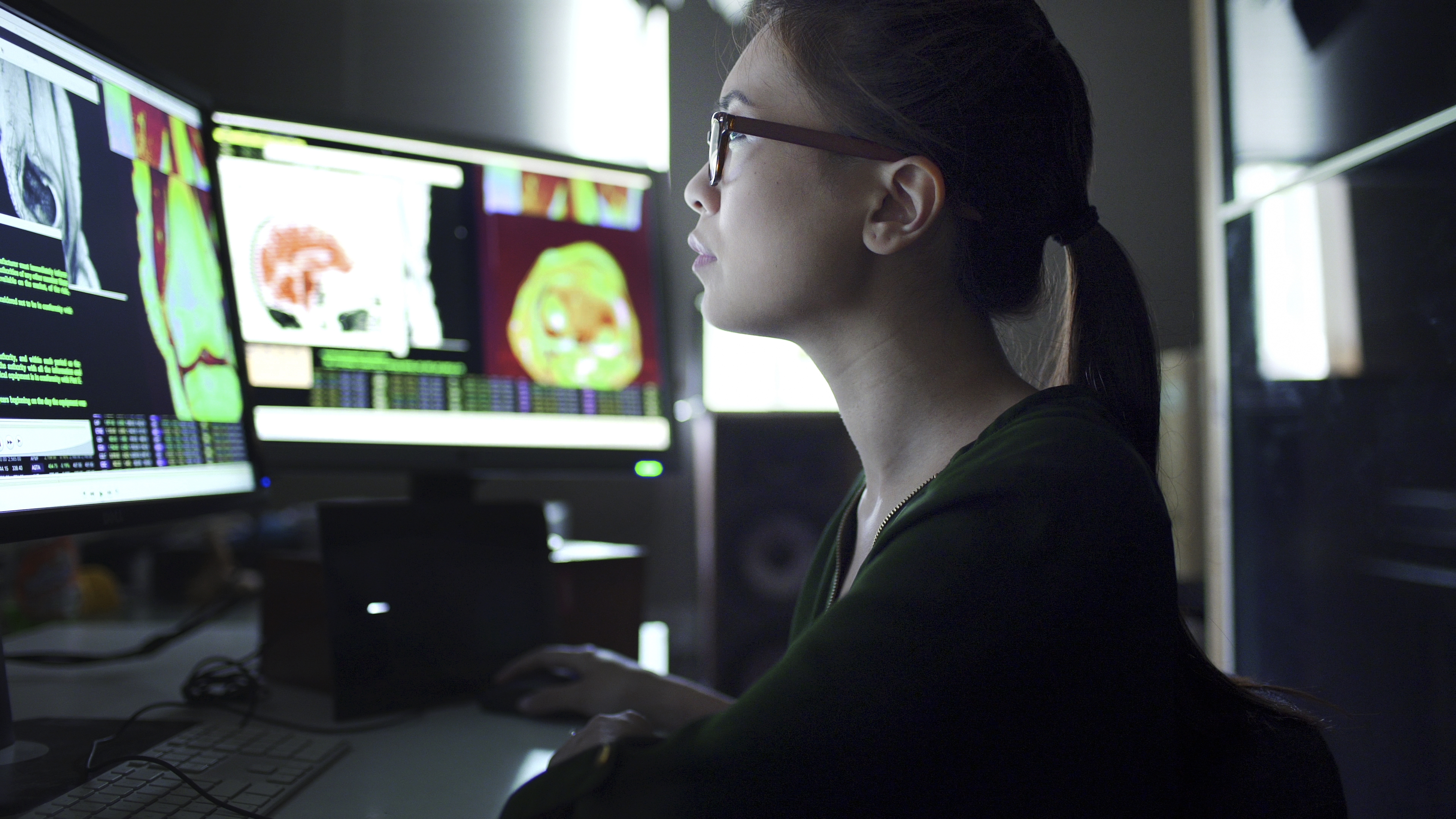
Throughout the history of the medical profession, physicians and students have relied on various forms of patient simulation, utilizing animals and cadavers to supplement their training [1]. Changing attitudes toward patient safety and recognition of the limitations of apprenticeship and spontaneous exposure-based training have motivated the development of more advanced simulation training. Academic anesthesiologists were pioneers in utilizing simulation-based training, adopting the use of full-body mannequins, training models such as crisis resource management (CRM), and assessment of non-technical skills (NTS) early on [2]. Today, patient simulation can take many forms, each with its own strengths and limitations: “standardized patients” (SPs) realistically portray specific conditions and are sometimes trained to evaluate and provide feedback to medical students [3], patient-specific 3D silicon models allow surgeons to find the best procedural options by trialing different surgical techniques and approaches [4], and computational models allow for real-time predictions and experimental repetition.
Simulation-based training has been associated with significant effects on educational outcomes in the broader healthcare literature and researchers have quantitatively determined that key instructional design features of simulation-based training can have small to moderate benefits. However, the positive impact of patient simulation on anesthesiology training in particular is less definitive. A 2014 systematic review and meta-analysis of 77 studies of anesthesiology simulation-based training from 2007-2011 found that when compared to no intervention, simulation-based training was associated with statistically significant effects for satisfaction and skills, large effects for behaviors, and small effects for time, knowledge, and patient effects (patient outcomes)[2].
Despite the benefits associated with simulation-training in anesthesiology, some specific approaches may prove to be less effective in practice. For instance, the same meta-analysis found that anatomically correct simulators did not always add value to education, and learners were still satisfied working with other realistic tissue models. Additionally, the study concluded that even though trainees preferred them, simulation scenarios that included NTS training did not have significant impact on knowledge or skills [2]. These findings highlight the importance of evidence-based training design moving forward. But how seriously should we take these findings? As others have pointed out, there are limitations to our ability to evaluate the effectiveness of such tools. For one, only four studies out of 77 were identified as NTS intervention studies. As others have noted, this may be an issue with standard definitions, since NTS actually comprise all CRM skills, according to Gaba et al who define Anesthesia Crisis Resource Management (ACRM) as the “articulation of principles of individual and crew behaviour that focuses on skills of dynamic decision-making, interpersonal behaviour, and team management”. When we look at articles focusing on CRM training in anesthesia, 32 of 77 articles become relevant to the evaluation of NTS interventions [5].
ACRM training originated from the aviation industry’s Cockpit/Crew Resource Management Training (CRM), which are high-fidelity simulation trainings for flight crews. An important component of CRM is an extensive debriefing process of NTS after simulated scenarios. Researchers have found some modest improvement in performance between groups that receive simulation debriefing with an experienced facilitator, and groups with self-reflection at home, and no intervention, based on blind performance ratings from experts and trained scorers. There is still no evidence to determine the significance of simulation training debriefings in clinical practice or to draw conclusions about their effect on patient outcomes [6].
As patient simulations continue to supplement and enrich medical training programs today, it is important that educators and leaders in anesthesiology participate in understanding their efficacy. There is a continuing need, not only for the development of new ways to simulate patient scenarios, but also for the development of gold standards for evaluating these methods. Patient safety and improved outcomes remain priorities of the medical field, making patient simulation an important consideration in the training of new anesthesiologists and the continuing education of seasoned practitioners and instructors.
References:
1. Wood, G.K. and L. Kenny, Patient-specific simulation: a new avenue to be explored. Gen Thorac Cardiovasc Surg, 2017. 65(8): p. 484.
2. Lorello, G.R., et al., Simulation-based training in anaesthesiology: a systematic review and meta-analysis. Br J Anaesth, 2014. 112(2): p. 231-45.
3. Cleland, J.A., K. Abe, and J.J. Rethans, The use of simulated patients in medical education: AMEE Guide No 42. Med Teach, 2009. 31(6): p. 477-86.
4. Takashi Murakami, D.Y., Mitsuharu Hosono, Masanori Sakaguchi, Yosuke Takahashi, Toshihiko Shibata, Preoperative simulation of minimally invasive aortic valve replacement using patient-specific replica. General Thoracic and Cardiovascular Surgery, 2017. 65(5): p. 302-303.
5. Corvetto, M.A. and F.R. Altermatt, Simulation-based training in anaesthesia: have we been training non-technical skills? Br J Anaesth, 2015. 114(3): p. 528-9.
6. Morgan, P.J., et al., Efficacy of high-fidelity simulation debriefing on the performance of practicing anaesthetists in simulated scenarios. Br J Anaesth, 2009. 103(4): p. 531-7.

